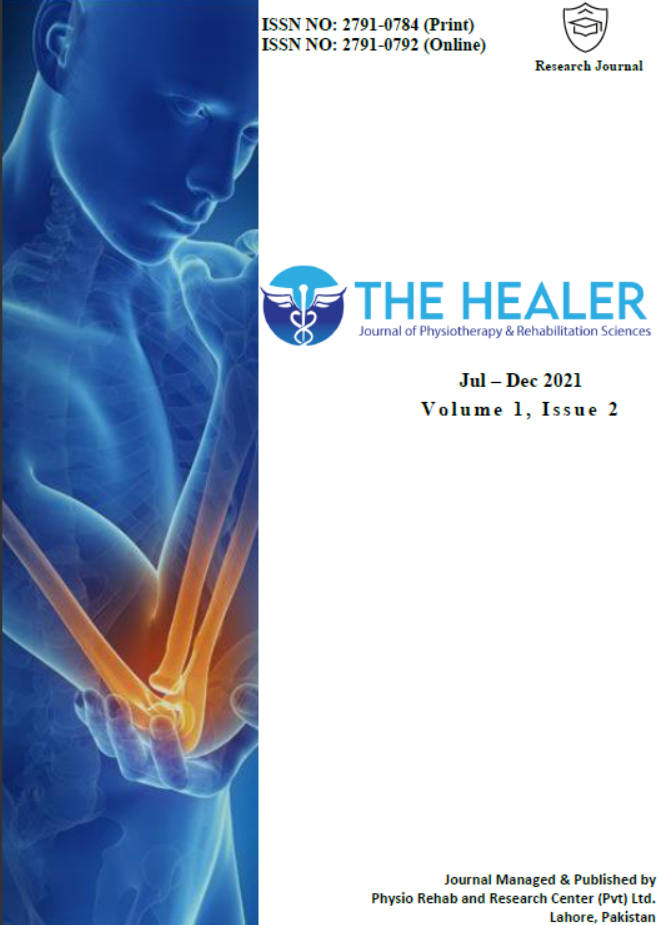Level of Functional Impairment using Symptom Severity and Functional Status Scales in Patients with Carpal Tunnel Syndrome
DOI:
https://doi.org/10.55735/thjprs.v1i2.26Abstract
Abstract
Background: Carpal tunnel syndrome occurs when median nerve is entrapped or compressed causing paresthesia and sometimes pain in patients’ hands, this can result in functional impairments and disability. Objective: To evaluate the level of functional impairment using symptom severity and functional status scales in participants with this syndrome. Methods: An observational study was conducted on 150 patients with carpal tunnel syndrome by using non-probability purposive sampling and collecting data from various private and government hospitals of Lahore in six months from October 2020 to March 2020. The level of functional impairments was evaluated by using functional status and symptom severity scale. Results: Findings showed that 62% were females and 38% were males. According to Boston carpal tunnel questionnaire score most of the patients had moderate symptoms (39.3%) with the mean of 2.97 and mild functional limitations (42%) with the mean of 2.34. Conclusion: It was concluded that mild and moderate mean values were found by using functional status and symptoms severity scale respectively. There is existence of correlation between symptom and functional severity scales among patients with this syndrome.
*Corresponding author: Ramsha Zafar, Sharif Trust Hospital, Lahore, Pakistan; Email: ranahamzanadeem127@gmail.com
Citation: Zafar R. 2021. Level of functional impairment in patients with carpal tunnel syndrome using functional status and symptom severity scales. The healer Journal of Physiotherapy and Rehabilitation Sciences, 1(2):58-62.

Downloads
Published
How to Cite
License
Copyright (c) 2022 The Healer Journal of Physiotherapy and Rehabilitation Sciences

This work is licensed under a Creative Commons Attribution 4.0 International License.
CC BY












